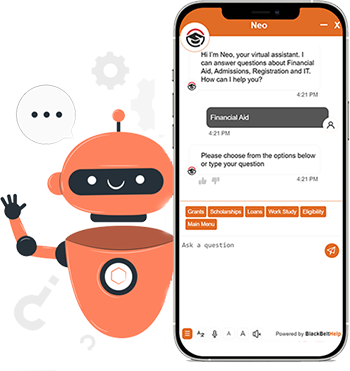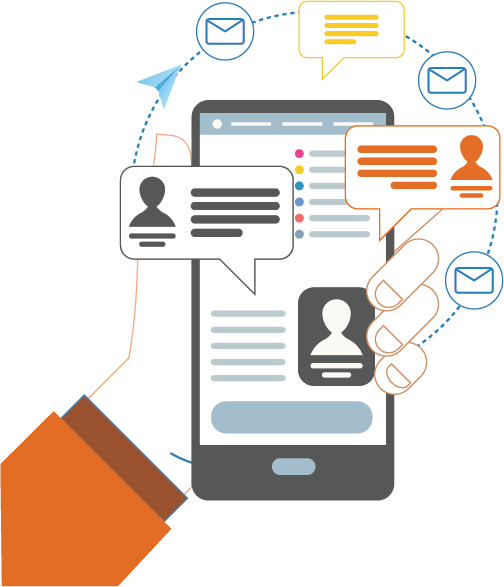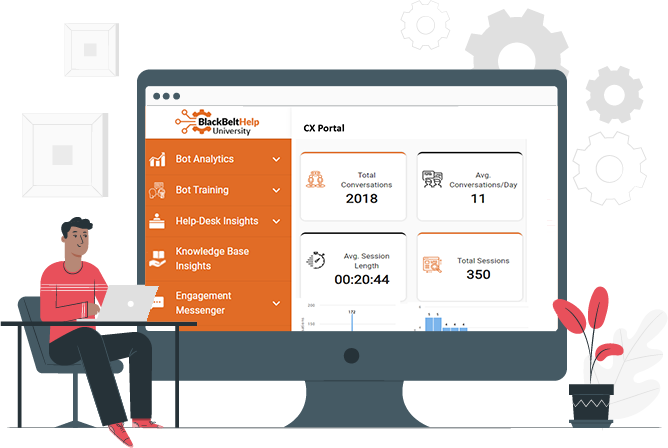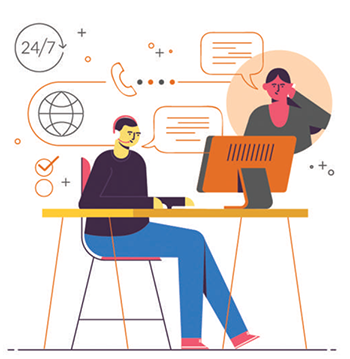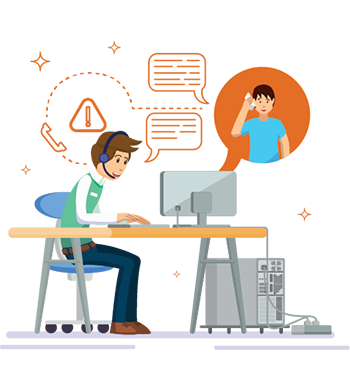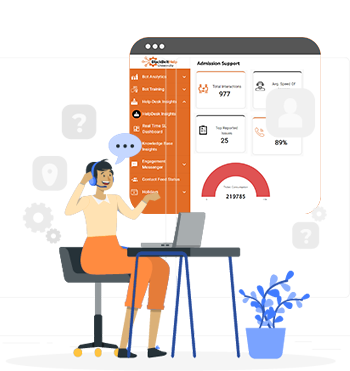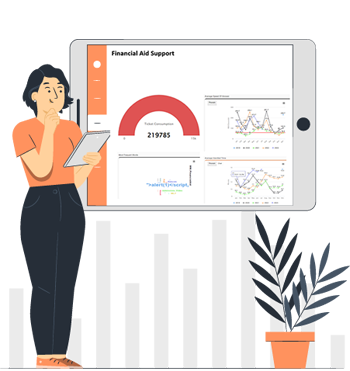Welcome to the Future: AI’s role in Higher Education
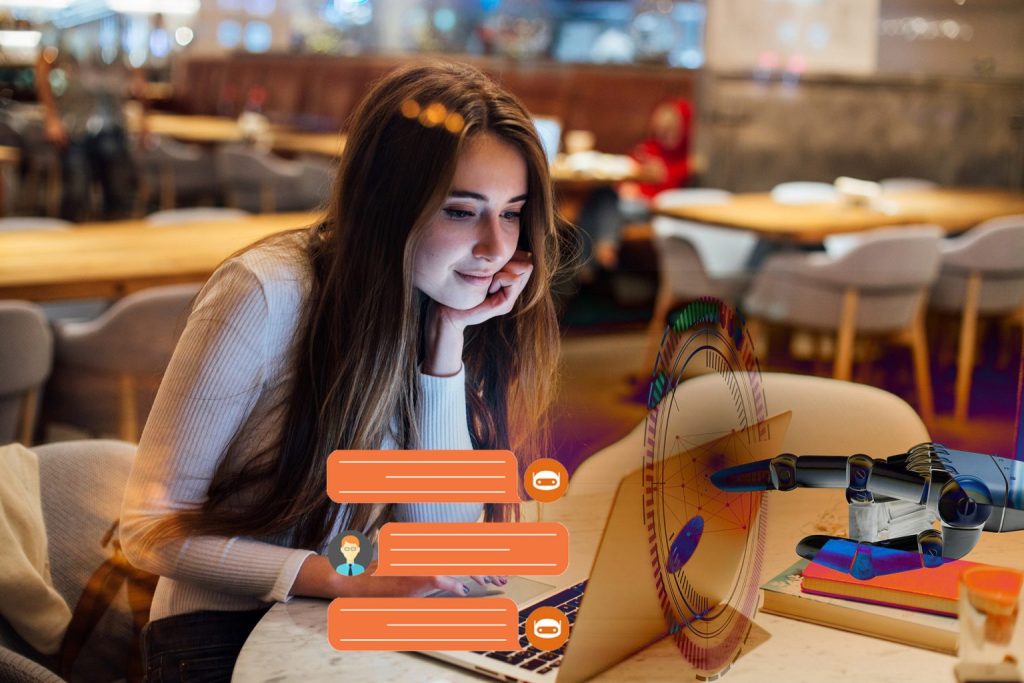
ChatGPT has emerged as a game changer on the technology front. Advanced digital intelligence in the form of chatbots and voicebots is bringing about a paradigm shift in how we access information. Bots are quick, offer simulated human conversation, and provide the advantage of answering in a natural and understandable style. Bot technology is going to play an increasingly larger role in our daily lives as time progresses. Bots already exist everywhere, including Apple’s Siri, Amazon’s Alexa, and Google Home, which for years, have been a part of our everyday lives.
Bots have also had a beneficial impact on student support in higher education. Bot technology has evolved through years of interaction with students, and according to EdTech Magazine, chatbots were operational on college campuses as early as 2016. There is no doubt that bots serve an important role when they’re integrated intelligently on college campuses. Many U.S. colleges and universities have already embraced bot technology to better connect with and assist their faculty and students.
Is ChatGPT the Answer?
ChatGPT has captured so much attention because of its human-like responses. It compiles its answers after consuming a substantial volume of data. Although it is unlikely to be equipped to answer every imaginable question, it can still be a very helpful tool. ChatGPT can understand complex questions and gives detailed and comprehensive answers. It offers some significant advantages that you cannot get from Google. Instead of giving unlimited options to sift through, ChatGPT can synthesize a coherent response based on multiple sources of information. ChatGPT can also do well when responding to tough questions on everything from mathematical equations, philosophical dilemmas, computer coding , and a myriad of other tasks. However, it is important to note that while ChatGPT is getting a lot of attention, it is not the only AI-bot technology that exists today.
What are Chatbots and why are they getting popular in higher education?
The function of a chatbot is to interpret human questions and generate automated answers. Chatbots use artificial intelligence (AI) and natural language processing (NLP) to converse with humans. They can self-learn and provide 24/7 assistance via text and audio. They are quick, precise, and offer human-like responses.
Higher education institutions and businesses are already benefiting from bot technology. Bots have the advantage of 24/7 availability, and can reduce their human counterpart’s time spent answering repetitive questions. Every day, students’ questions are rerouted through bots, making them a valuable and cost-effective resource that improves the student experience, increasing enrollment and rentention.
The 24/7 presence of a bot can make students feel empowered and attended to on campus, which is why they often feel an emotional connection to a bot. Additionally, these positive feelings are strongly linked to increased student inclusion and retention.
Advantages of Bot Technology Specifically for Higher Education
Bot technology can assist with everything from enrollment to financial aid forms, course registration, and answering questions from prospective students, substantially reducing the dependence on human support. Student motivation, time management, and academic performance have also been shown to improve with access to bots, as colleges have found bots are helping them to create a distinct voice and connection with their student community.
Chatbots took on a vital role during the COVID-19 pandemic. They have been crucial in increasing retention, and raising graduation rates. AI chatbots for higher education have already been increasing student engagement and retention. California State University, Northridge, and Georgia State University are persuasive cases for the advantages of utilizing chatbots for student support in higher education.
Chatbots are a comforting support system for students
Emily Russell, a professor at California State University, Northridge, and a faculty liaison for the university chatbot states that “Even if students aren’t using the bot and asking questions, it does seem like, on some level, they are registering that people on campus want to help them.” Russell also mentioned, “There is a whole host of research suggesting that the feeling of belonging is one of the biggest predictors of retention and graduation.”
A recent article in EdTech elaborates on the evolution of the bots at Georgia State and California State University, where both institutions used chatbots for their admissions offices. Since universities often suffer from summer melt, a problem described as students accepting an offer of admission, but subsequently not showing up for the fall semester, both universities turned to bots to help. At Georgia State University, the bot ended up reducing their summer melt by 22%, increasing their overall enrollment. The chatbot at California State University (named CSUNny) started communicating with students once they paid their deposits. It continued to remind them about financial aid applications and kept students in touch with their school until they finally arrived on campus. CSUNny was also able to connect students to human support, so anytime a student needed the human touch, that was also available. Another reason that chatbots work is because they are human-like and still not so human-like. While they provide human-like support, chatbots do not make students self-conscious and hence students are more confident when interacting with chatbots.
Associate vice president for enrollment services at California State University David Dufault-Hunter revealed, “Students recognize that it’s a bot, but they interact with the bot very differently and often very vulnerably because it’s not a human.” Hunter adds, “They feel they can articulate and share stories that they wouldn’t necessarily do with a person.”
Kathe Pelletier, director of the teaching-learning program at EDUCAUSE, points out that students feel emotionally connected with their chatbot. It engages students and causes them to continue with the bot.
Interestingly, Pelletier says, “these chatbots appear to have a disproportionate benefit to first-generation students and those from minority backgrounds, since those students are sometimes uncomfortable asking what they might fear are “stupid questions” of an actual human.”
Pelletier also goes on to say,
“It’s been a great way to engage underrepresented students in a way that feels safe,” she says. “It really allows them to get past some of those hurdles that are there just because they may not have had as much experience in their family with higher education.”
Bots can help in ways that institutions may not even have anticipated.
Gen Z approaches query resolution and human interaction with a different perspective. They are far more comfortable searching for answers online than through human interaction. Bots are a natural fit for their lifestyle and preferences.
Students must be adept with all the current technological trends to compete in the work world after graduation. Higher education must equip students with the appropriate knowledge, experience, and tools. By utilizing bots to support students, schools are familiarizing them with the technology of tomorrow and making them better equipped for their post-graduation careers.
BlackBeltHelp and our approach
BlackBeltHelp offers advanced AI chatbot and voicebot assistance to over 200 U.S. higher education institutions. BlackBeltHelp bots are conversation-driven AI chat & voice bots for natural, personalized customer assistance, providing always available, immediate service. Additionally, BlackBeltHelp offers Simplify, the leading AI-powered platform empowering higher education institutions to unify all their applications into a simple yet powerful, analytics-driven CX solution for managing institutional processes that increase enrollment and retention.
BlackBeltHelp is Higher Education’s leading provider of AI-enabled CXaaS and CX Engagement Solutions, and is committed to providing students, faculty, and staff with AI-powered, tech enabled solutions that provide always available, immediate, omnichannel service.

